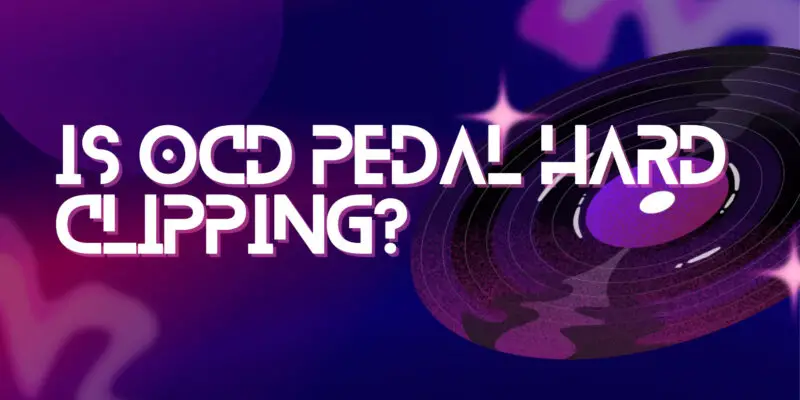The world of overdrive pedals is filled with a wide array of tonal options, from smooth and transparent to gritty and aggressive. One pedal that stands out in this spectrum is the Fulltone OCD (Obsessive Compulsive Drive). Unlike many overdrive pedals that employ hard clipping for their distortion, the Fulltone OCD offers a unique take on overdrive that sets it apart. In this article, we’ll explore what makes the Fulltone OCD special, including its approach to clipping and why it’s celebrated for its dynamic and versatile tone.
Understanding Clipping in Overdrive Pedals
Before diving into the Fulltone OCD, let’s briefly discuss the concept of clipping in overdrive pedals. Clipping refers to the process by which an overdrive pedal distorts or “clips” the incoming audio signal to create the characteristic saturation and distortion associated with overdrive and distortion effects. There are two primary types of clipping used in overdrive pedals: hard clipping and soft clipping.
Hard Clipping: Hard clipping occurs when the amplitude of the input signal is abruptly limited by diodes or transistors, resulting in a sharp and square-wave distortion with pronounced harmonics and an aggressive character. Many classic distortion pedals, such as the Boss DS-1, utilize hard clipping.
Soft Clipping: Soft clipping, on the other hand, involves a gradual and smoother attenuation of the input signal as it exceeds a certain threshold. This produces a rounder and warmer overdrive with a smoother transition into distortion. Soft clipping is often associated with a more natural and amp-like breakup, preserving the dynamics of the player’s touch and the nuances of the guitar’s tone.
The Unique Clipping of the Fulltone OCD
The Fulltone OCD is celebrated for its unique approach to clipping, which falls into the realm of soft clipping. Unlike pedals that provide hard-clipped distortion with sharp edges and pronounced harmonics, the OCD employs a diode clipping circuit that produces a smooth and harmonically rich overdrive.
Key Characteristics of the Fulltone OCD:
- Dynamic Response: The soft clipping of the OCD allows for a highly dynamic response to the player’s touch. It cleans up beautifully when you roll back your guitar’s volume knob, responding to changes in picking intensity and technique with remarkable sensitivity.
- Smooth Overdrive: The OCD’s overdrive is characterized by its smooth and warm texture. It retains note clarity and articulation while providing the desired saturation and sustain.
- Versatility: The Fulltone OCD is known for its versatility, capable of delivering a wide range of overdrive tones. From a clean boost to mild overdrive and all the way to higher-gain territory, it can adapt to various musical styles and playing preferences.
- Preservation of Guitar Tone: Much like other soft-clipping overdrive pedals, the OCD is designed to enhance the core tone of your guitar and amplifier rather than drastically altering it. It preserves the sonic characteristics of your setup while adding its unique overdrive flavor.
Conclusion
In a world of overdrive pedals that often favor hard clipping for their distortion, the Fulltone OCD stands out as a pedal that embraces soft clipping to deliver a dynamic, smooth, and harmonically rich overdrive. Its unique approach to clipping has made it a favorite among guitarists seeking a versatile and responsive overdrive pedal that retains the nuances of their playing and the characteristics of their gear. The Fulltone OCD continues to be a go-to choice for those who appreciate the subtleties of soft-clipped overdrive and value the preservation of their instrument’s true voice.


